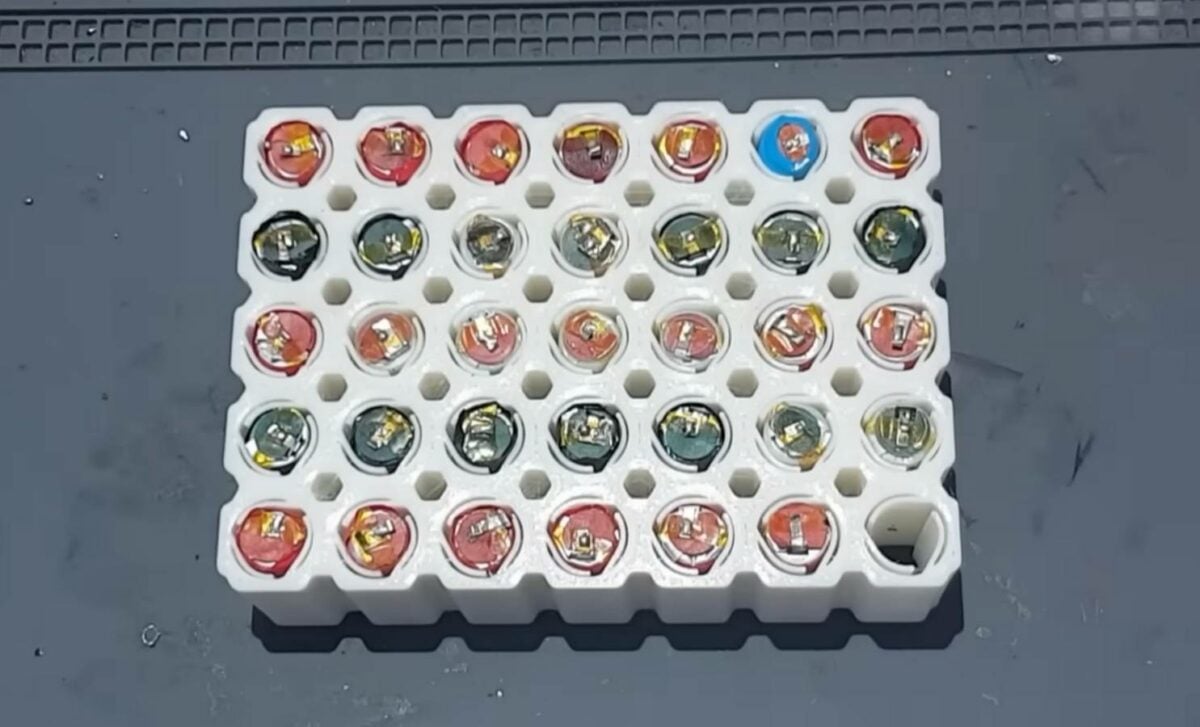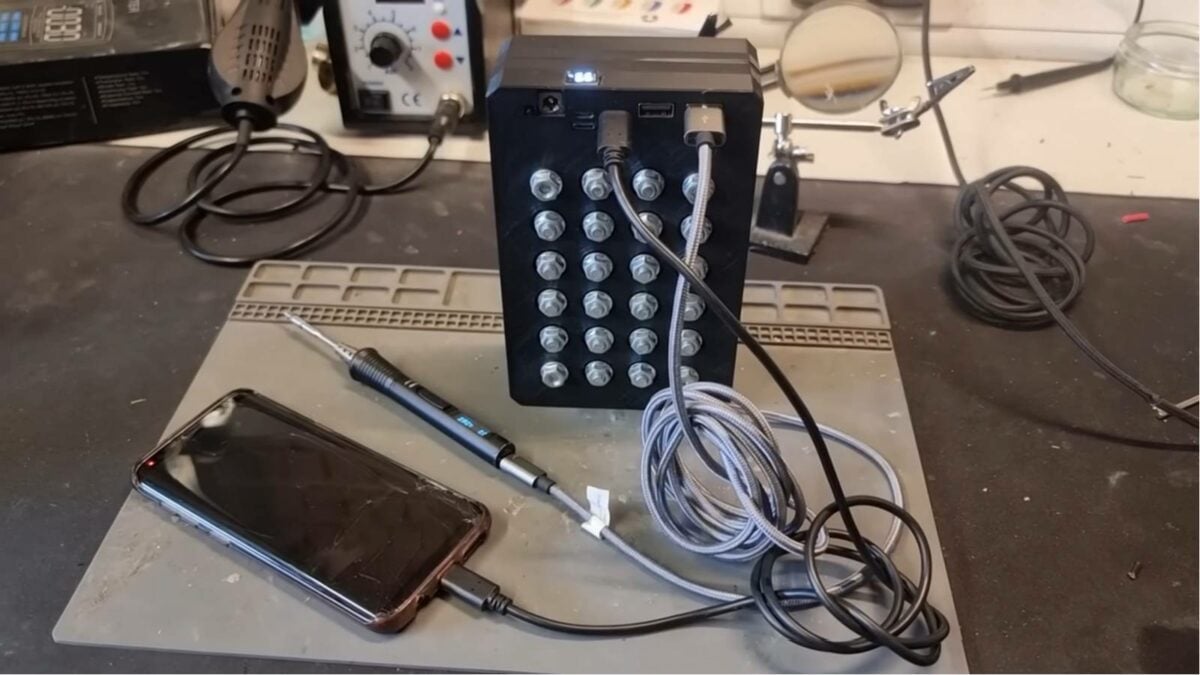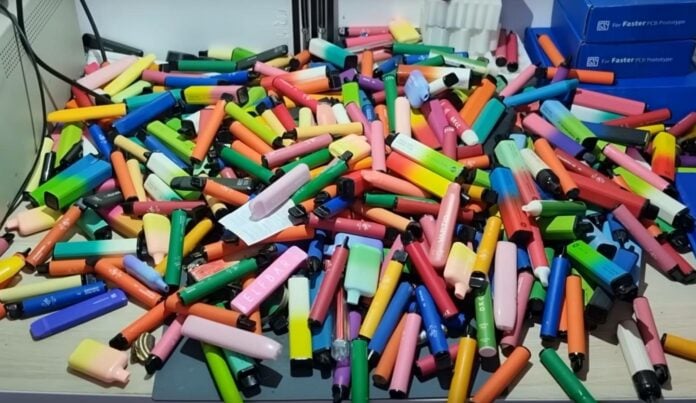A YouTuber has collected a buttload of used vapes and employed their batteries to make power banks. Aside from being a great way to reduce e-waste, it creates legitimately working products that could power your smartphone or Steam Deck.
YouTuber Chris Doel asked the question we all should with the amount of tech we go through: why not reuse it? This time around, it’s turning old disposable vapes lying around on the streets into power banks. Since vapes are powered by lithium batteries, you can repurpose most without much effort. As a non-smoker, I thought that such devices used basic non-rechargeable batteries, hence my surprise when I watched this video.
Over the span of a year, Chris collected all the vapes he found on the road. It seems that many throw away their used vapes without a care, as he managed to gather a total of 200 vapes, each housing a functional rechargeable battery. Material Focus, a non-profit organisation, estimated that UK adults alone purchase about 30 million vapes a month, marking a rapid growth in popularity.

Bafflingly, you only need five vape batteries to get the same capacity as an iPhone. By comparison, Material Focus estimates that the amount of vapes thrown away each year contains enough lithium to build batteries for a whopping 5,000 electric vehicles.
So, for his first recycling project, Chris disassembled 35 vapes and used their batteries to make a large power bank capable of providing 100W via USB power delivery. The combination of these 35 lithium cells netted 15,000mAh of capacity, sufficient to charge a phone or even a laptop multiple times.

Recycling materials like this requires a bit of ingenuity. Instead of soldering each cell together, Chris managed to order two custom-made PCBs to make contact instead. Then, he crammed them inside a 3D-printed frame to keep everything orderly and installed USB power management modules to keep them juiced up. Attempting this at home, you can’t avoid the soldering iron for the entire process, but it’s far friendlier than most mods I’ve encountered.
I’m just glad to see more efforts made to tackle the growing e-waste problem, but it’s especially refreshing to see methods that don’t require a factory. If you are interested in making one yourself, Chris said that he may release a step-by-step guide later. In the meantime, you can check the first video down below.

